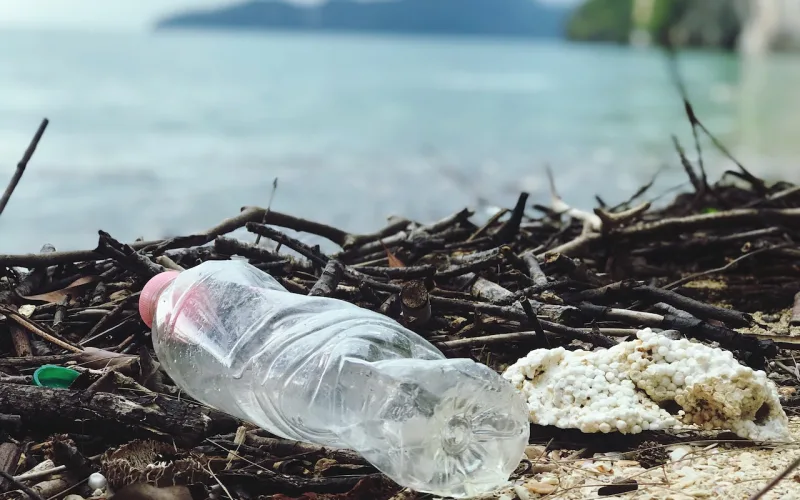Last Updated on June 1, 2023 by Ecologica Life
Waste management has become an increasingly pressing issue in our modern society. As we continue to consume and discard at an alarming rate, it is essential to explore innovative approaches to tackle this growing problem.
In this article, we will delve into the exciting world of recycling and upcycling, highlighting some remarkable innovations that are reimagining waste and turning it into valuable resources.
Table of Contents
From Trash to Treasure: Upcycling Unwanted Materials
Upcycling is the art of taking discarded materials and giving them a new life and purpose. This creative process not only reduces waste but also adds value and aesthetic appeal to the transformed items.
Imagine old wine bottles transformed into unique lamps, or reclaimed wood transformed into stunning pieces of furniture. Upcycling encourages us to look beyond the surface of discarded objects and unlock their hidden potential.
Closing the Loop: Circular Economy Initiatives
The concept of the circular economy is gaining traction worldwide. It aims to minimise waste generation by creating a closed-loop system in which products are designed to be recycled or repurposed at the end of their life.
Forward-thinking companies are now embracing this approach by implementing innovative strategies. For example, some fashion brands are using recycled materials to create new garments, while others are offering rental services, reducing the need for overproduction.
This is great news because the fashion industry is one of the most polluting industries in the world. We at Ecologica.life encourage you not to fall into the fast fashion trap. Buy sustainable clothes and wear them until they are worn out and beyond repair. The Ellen MacArthur Foundation has an interesting report on the circular economy and the future of the fashion industry.
Before you throw that garment away because it has a hole in it, think about whether you could sew it. Before you throw away those shoes, are they repairable? If you must throw away old items, then take them to textile bins so that the material can be recycled. You could upcycle the material yourself by turning it into a tote bag.
Revolutionary Recycling Technologies
Traditional recycling methods have their limitations, often resulting in the downcycling of materials or generating residual waste. However, advances in recycling technologies are revolutionising the process.
For example, chemical recycling allows plastics to be broken down into their original components, which can then be used to make new products. In addition, robotic sorting systems using artificial intelligence are improving the efficiency of recycling facilities by enabling more accurate separation of different materials.
Biomimicry: Nature’s Recycling Lessons
Nature has been recycling and reusing resources for billions of years, and humans are beginning to learn from its brilliance. Think about how a lot of our fruit is packaged. Bananas and oranges have biodegradable packaging that lasts long enough to store them, but also breaks down easily to become nutrients for the environment.
Biomimicry, the practice of mimicking nature’s designs and processes, offers innovative solutions for waste management. For example, a company called Ecovative Design is investigating how mushrooms can be used to replace plastics, potentially providing a sustainable way to prevent landfills and plastic pollution in the ocean.
By observing and learning from nature’s recycling systems, we can create more efficient and environmentally friendly waste management solutions.
Engaging Communities: Education and Awareness
Tackling the waste crisis requires collective action. Educating and engaging communities on the importance of recycling and upcycling is crucial. Initiatives such as community recycling drives, educational workshops, and sustainable design competitions can inspire individuals to adopt these practices. By fostering a culture of waste reduction and resourcefulness, we can make a lasting impact on our environment.
Conclusion
In a world grappling with the consequences of excessive waste generation, recycling and upcycling offer a glimmer of hope. These innovative approaches are changing our perspective on waste, allowing us to see it as a valuable resource rather than something to be discarded.
Through upcycling, circular economy initiatives, revolutionary recycling technologies, biomimicry, and community engagement, we can reimagine waste and pave the way for a more sustainable future. Let us embrace these innovations and play an active role in shaping a world where waste is minimised, resources are maximised, and our planet thrives.








